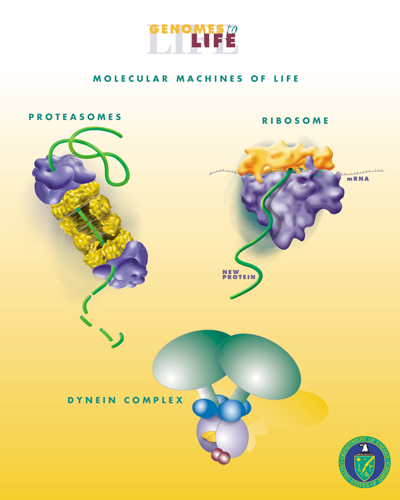NSA surprised me with no reaction, even from a colleague in one of the NSA funded several places saying in effect “but sq-rt in what modular base + not all integers are squares”. The key insight I have is that man-in-the-middle is the real enemy, not the factorization of the semi-prime, best never disclosed and done well. Silence means Okay to commercialize a technology with security implications. Second insight is that IBE can be super to RSA like KEM-DEM. Once man-in-middle is killed, ordinary well-studied RSA can be used. Resulting can be argued to be excellent without decade long study since RSA and Cocks are being used.
1. A J-nearest is necessary to convert a number to logically unique square. Almost 1/2 the modular numbers are square, So the gap bigger than 1 is infrequent. It can be covered by computing the Jacobi every time, which means effort be rounded by c*log n most of the time. Precise calculations are outside my pay grade,
2. There is a trick to reduce computation to 2 in all but negligible cases. The family administrator computes in family-semi-prime, the [name//'gap' = n] [name//”semi-prime”= n] tuples . Now J-nearest is by few evaluated simple checked adds.
3. [s/”feature” = n] is currently implemented by concatenating s and feature with a string n and delimiters then SHA-3 sq-rt is given n and value of concatenating s and feature and delimiters SHA-3 sq-rt again, all in implied mod. Entire record of any node is protected by its sq-rt in implied embedding, can be found and checked.
4. The author is simply a series of numbers after an ASCII or Unicode name. Post character name are numbers, my-semi // user-semi // my-proof. My-proof is generated at family insertion time and is check-able in sq-rt in nation-wide my-permit-for-year, can be checked since my-permit-for-year for current year is fixed & published semi-prime and ensures payment to me. Note that my-* are published, also communicated every year or enroll-time in consumer public. Consumer and I talk in consumer public and my public.
5. A retraction can be undone by building a new member. The user can reuse name with higher edition suffix.
6. Retraction is done by publishing factors of my-semi. Henceforth any one can claim to be you. Every year, factors of my-* used that year are published. No previous messages become opened.
7. Only authorized names can be allowed. This is as per policy of the jurisdiction.
8. There is an easy way to prevent misspellings. A large number of functions to Boolean are allowed as f(index,name) Names considered misspellings in some index return bad, others good. A name is looked up before switching. A consumer is allowed to select a number of indices. In effect, a name is good if good in at least one chosen index. Any number of people are allowed to buy any number of indices (16 ASCII-64 characters), at $10 each!




